I am using R to merge more than two data frames. Each data frame corresponds to one year of observations and there is a column that uniquely identifies an employee. For example for two years I would observe:
emp.data <- data.frame(
emp_id = c (1:5),
emp_name = c("Rick","Dan","Michelle","Ryan","Gary"),
start_date = as.Date(c("2012-01-01", "2013-09-23", "2014-11-15", "2014-05-11",
"2015-03-27")),
salary = c(623.3,515.2,611.0,729.0,843.25),
hours=c(100,56,34,65,38),
stringsAsFactors = FALSE
)
# Print the data frame.
print(emp.data)
 (https://stackoverflow.com/image.jpg)
(https://stackoverflow.com/image.jpg)
and:
emp.data2 <- data.frame(
emp_id = c (2:6),
emp_name = c("Dan","Michelle","Ryan","Gary","Zack"),
start_date = as.Date(c( "2013-09-23", "2014-11-15", "2014-05-11","2014-02-11",
"2015-03-27")),
salary = c(515.2,611.0,729.0,843.25,10),
hours=c(56,34,65,38,9),
stringsAsFactors = FALSE
)
# Print the data frame.
print(emp.data2)
Notice that I am essentially dealing with an unbalanced panel: columns across the years are the same, however the number of observations may vary across the years.
Essentially, I would like to merge around 10 of these data frames into one, I have tried using the function merge() in the following way:
merge(emp.data,emp.data2,by = "emp_id",all.x = TRUE,all.y = TRUE)
however it makes dimensions of the data frame increase proportionally to the amount of data frames merged since is gives me the output columns: hours.x hours.y, for example. This is clearly very inefficient since only one of those duplicate columns would have non-NA values. So essentially I am looking for a way to merge these data frames while keeping the columns constant and adding a year variable. Any suggestions?
